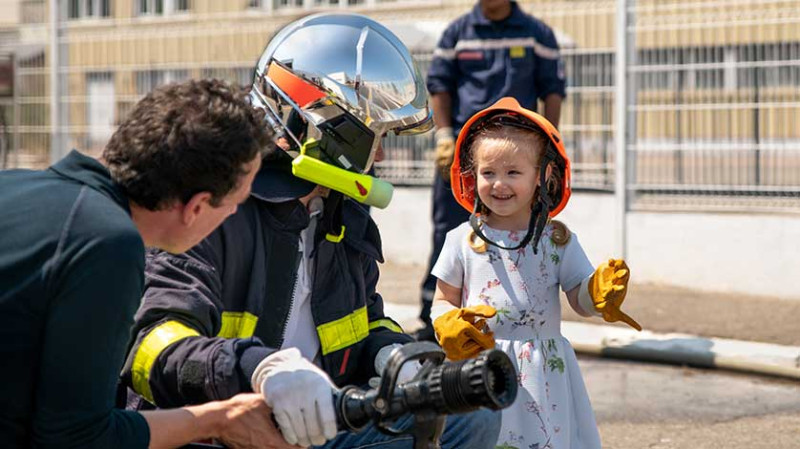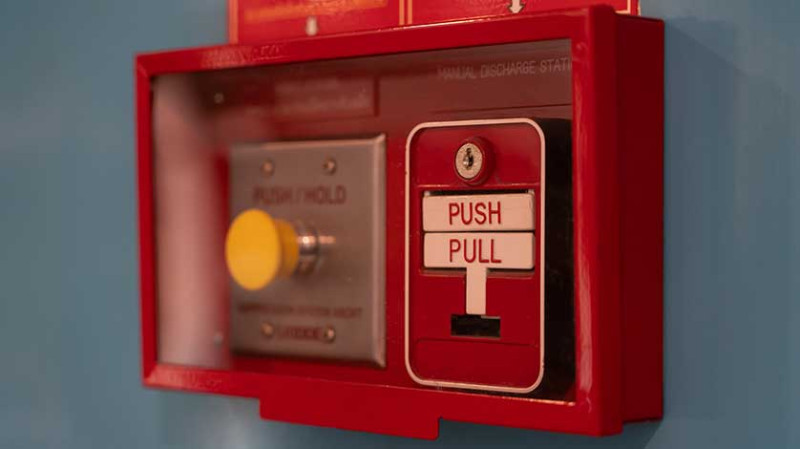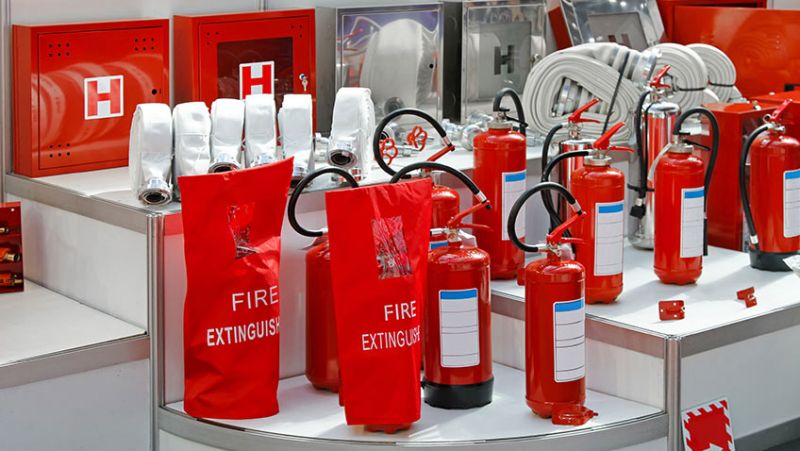
Fire safety is a critical life skill that every child should begin learning from a young age. During Fire Prevention Week, it's the perfect time for parents, teachers, and caretakers to introduce children to fire safety practices. Whether at home or in school, children benefit greatly from consistent, age-appropriate instruction paired with hands-on activities such as fire drills. In the UK, this awareness begins at home and carries through into the classroom, ensuring children's safety at all times.
In this blog post, we will explore the importance of fire safety education for children, offer practical tips for conducting effective fire drills in schools, and provide ideas to engage kids during Fire Prevention Week. We’ll also share some useful resources, including materials from Twinkl USA, that can be easily adapted to UK education and safety standards.
Why Fire Education Matters for Children
The unpredictability of fire makes it one of the most dangerous hazards in any environment. While adults understand its dangers, children may be fascinated by fire or remain unaware of the speed and severity of a blaze. Teaching kids about fire from an early age helps demystify it and turns curiosity into crucial knowledge and life-saving actions.
According to the UK Home Office, more than 30,000 accidental fires are reported in dwellings each year, many of which could be avoided with basic preventative measures. Children need to understand not only how to avoid starting fires but also how to react quickly and appropriately if a fire does occur.
Fire safety education also empowers children. It helps them remain calm in emergencies, know how to alert others, and understand the dangers of smoke inhalation. With routine learning, children can become confident contributors to home and school fire safety strategies.
What’s more, instilling fire safety values early can broaden their general understanding of health and safety, laying the groundwork for responsible behavior at home and beyond.
Fire Drill Best Practices in Schools
Every school in the UK is mandated to carry out regular fire drills. However, there’s a difference between a checkbox exercise and an engaging, educational fire drill experience that sticks with pupils. Children should not only learn what to do during a fire drill, but also understand why it’s being done and how to apply those learnings in real-life situations.
The most effective school fire drills are planned, practiced, and debriefed thoroughly. Teachers and school staff should make sure that every student understands where the fire exits are, what the alarms sound like, and what the school’s evacuation process involves.
Before a drill, explain to students what will happen. Reassure younger children that the drill is just for practice and there is no danger. During the drill, strictly follow the school’s fire response plan, ensuring that all routes are clear and timings are recorded.
After the drill, have a discussion with the class. Ask students how they felt, what parts of the process were clear or confusing, and use that feedback to improve future drills. Incorporating visual aids, storytelling, or using activity packs from platforms like Twinkl can make the subject more engaging and memorable.
Ideas for Fire Prevention Week Activities
Fire Prevention Week is an ideal time to lead themed educational sessions before a fire drill. Use it as an opportunity to combine creativity, discussion, and hands-on practice. Schools and families can make the most of the week with the following activity ideas:
- Storytime with Firefighters: Invite a local firefighter to school to read a children's book about fire safety and talk about the job of a firefighter.
- Escape Plan Project: Ask each child to draw their home and create a fire escape route with at least two ways out of each room.
- Role-Play Scenarios: Act out different fire safety scenarios and quiz children on the best response.
- Fire Safety Quiz: Use Twinkl’s downloadable quizzes or create your own to test students' understanding of what they’ve learned.
- “Stop, Drop & Roll” Game: Reinforce this essential fire response technique through fun physical activity.
These activities not only help reinforce the seriousness of safety messages but also allow children to practice techniques in a low-pressure environment, building confidence and muscle memory.
Fire Safety Tips for Parents at Home
Parents play a vital role in making fire safety a part of everyday life. Simple household habits, paired with regular conversations, can make a big difference in ensuring children understand what to do and what not to do regarding fire hazards.
Start by explaining common sources of fire in the home: unattended candles, cooking left on the stove, hair straighteners, overloaded plug sockets. Use everyday situations to talk about keeping safe and involve children in watching for hazards under adult supervision.
Here are some top fire safety practices for families to adopt at home:
| Fire Safety Tip | Why It Matters |
|---|---|
| Test smoke alarms weekly | Ensures alarms are functioning and alerts everyone quickly in the event of smoke |
| Practice a home fire drill every 6 months | Keeps your entire household prepared and familiar with escape routes |
| Never leave cooking unattended | Kitchen fires are one of the leading causes of domestic fires in the UK |
| Keep lighters/matches away from children | Young children may play with fire if dangerous items are left within reach |
| Plan two escape routes from every room | Provides options for safe evacuation if the first route is blocked |
Additionally, parents should make sure children know their home address and how to call 999 in an emergency. This skill can be life-saving and gives emergency responders the information they need quickly.
Using Twinkl Resources for Fire Safety Education
Twinkl offers a variety of fire safety resources tailored for teachers, parents, and guardians. Although designed for the US market, many of their tools—such as printable fire escape plans, scenario cards, visual aids, and activity packs—can be adapted for use in UK homes and schools.
These materials make explaining tough concepts easier and can be particularly helpful for younger children or those with additional learning needs. Twinkl also supports differentiated learning, offering tiered content for different age ranges and abilities.
Teachers can access themed lesson plans, assembly presentations, and flashcards, while parents can use activity sheets for fun weekend safety learning. These resources not only save time but promote consistency in messaging across home and school environments.
Building Lifelong Safety Awareness Together
Fire safety for kids is not just about drills and warning signs—it’s about building long-term awareness that children carry through life. Fire Prevention Week is a perfect time to focus on these lessons, but nurturing fire-smart thinking should happen year-round.
Use this week to spark conversations, hold interactive sessions, and give both children and parents practical steps they can take to stay safe. With support from resources like Twinkl and active engagement from families and educators, we can raise a generation of children who are not only curious but cautious and confident in the face of fire-related emergencies.
Let's work together to keep our homes, schools, and communities safe—this Fire Prevention Week and beyond.



